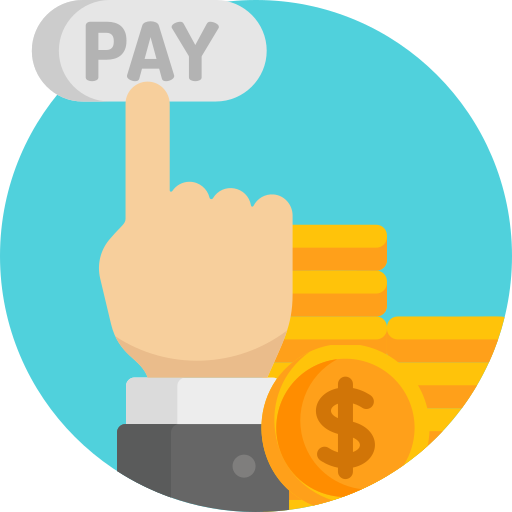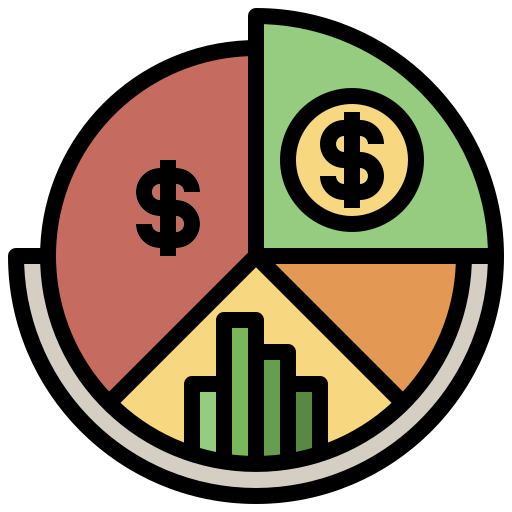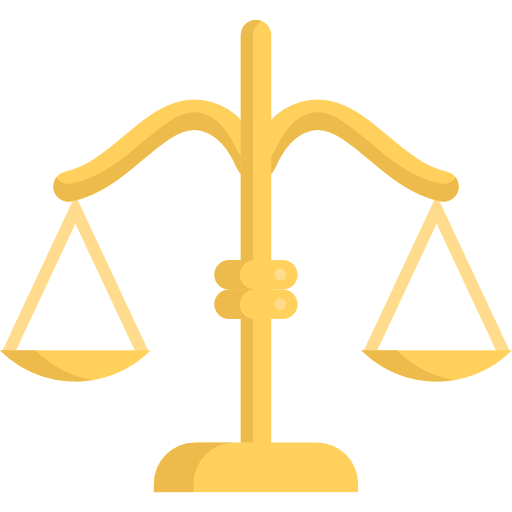What is a weak signal?
For Igor ANSOFF*, a consultant in corporate strategy, "the weak signal is fragmentary information, rapidly obsolete and largely anticipatory" . It is therefore early information, of low intensity, announcing a trend, a threat or an opportunity.
The collection of this information is complex because of the amount of information that revolves around a company, whether it is a customer, supplier, partner or competitor. When crossed with other information, the weak signal can be a harbinger of an important event.
Usefulness of weak signals for the credit manager
In addition to "traditional" legal and financial information, the credit manager must also appropriate weak signal information and integrate it into his analyses. The objective is to implement preventive measures in the decision-making process concerning the management of inter-company credit, the collection of receivables, the improvement of the DSO and the management of the collection rate as well as the loss experience of its third parties.
Making weak signals about companies intelligible
Unlike a strong signal, a weak signal is like "noise" whose value is only perceived after appropriate processing. A good management of a weak signal is made in two phases: the collection and its interpretation to give it a meaning.
Its exploitation is mainly based on qualitative interpretation (linked to a business context in order to detect and understand trends as well as positive or negative perspectives).
| Strong signal | Unambiguous, explicit and understandable information. Determines a fact. |
| Weak signal | Perception - Fragmentary information of an anticipatory nature that at first may be minor or insignificant. Needs to be cross-referenced and analyzed to derive value. |
Giving meaning and utility to a weak signal on a company in terms of credit management requires a good understanding of the interweaving of legal, economic, financial and capital information. All this must be based on the identification of the risk of insolvency of a company in order to monitor and prevent the risk of non-payment.
This consistency requires expertise in theinterpretation and predictive detection of companies in difficulty.
How can they be used in credit management decision-making?
Faced with the explosion of data and the exponential volume of information available on companies, the question for credit managers is their ability to distinguish and then follow up on the useful weak signal, as it appears.
All the data collected on weak signals must be of high quality in order to derive value from them. Given the mass of information available, the management of weak signals justifies the use of automation and artificial intelligence in predictive processing. This processing (called "machine") is done in almost real time to correlate information and thus create alerts.
The result can be materialized in the form of an indicator or a score.
If these imperatives of accuracy, reliability and freshness of information are not respected, decisions made on the basis of erroneous or misinterpreted weak signals can seriously harm companies. In fact, a whole chain of business expertise is required to ensure that the results are up to the challenges.
What are the negative and positive weak signals useful in credit management?
Listening to the warning signals allows you to adopt a proactive approach to credit risk exposure and default management in B2B. Among the weak signals in credit management we can distinguish :

Payment behavior. It is defined by the way a customer pays his suppliers (on time or late).

The search for new financing or new banking partners.

Economic trends of the sectors of activity according to macroeconomic approaches linked to the different economic crises.

Registration of Social Security U.R.S.S.A.F or Treasury liens.

The increase of the share capital.

Changes in shareholding or statutory officers.

DPO-Days Payable Outstanding, compared to the industry, is the number of days between when a supplier invoices a company and when the company pays the supplier.

The unusual request for an extension of the payment term.

DGCCRF sanctions in compliance with the rules of the commercial code relating to payment terms.

Court decisions against us.

Anticipation of fundraising.

The analysis of legal events such as the non-publication of corporate accounts despite a publication obligation, the loss of half of the share capital...

Knowledge of unpaid bills and disputes (litigation).

Collective procedures: safeguard procedures, judicial reorganization.

The different tones detected in press contents thanks to semantic analysis of the failure.

New orders or contracts.
So much information to improve decision making; however, it is necessary to correctly identify and then verify this data in order to be able to use it to best predict certain behaviors.
Weak signals only get their true value if they are crossed with other data from various sources
Detecting weak signals is not a new subject. However, faced with the mass of information to be processed, many companies quickly give up, often due to a lack of time, sometimes due to a lack of know-how. Generally, unaccustomed to handling uncertain information, many companies take refuge in more stable information that is easier to analyze, forgetting the predictive aspect of weak signals. However, credit management solutions exist to overcome the problems inherent to the collection and analysis of weak signals. These solutions are provided by business information companies that ensure the processing of weak signals through indicators.
Predictors of future events, so-called "weak signal" data are extremely relevant in B2B credit risk management. They certainly have a strong predictive potential when put into perspective in a specific context such as default, non-payment, fraud.
* Igor Ansoff (December 12, 1918 - July 14, 2002) was a Russian-American business strategy consultant and professor


